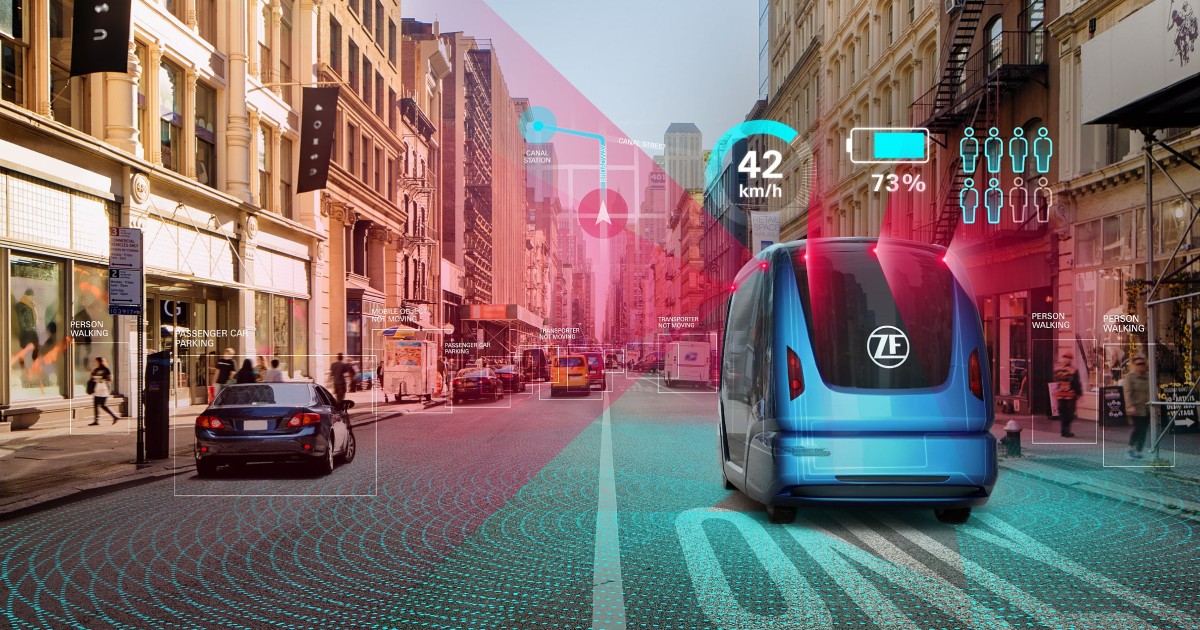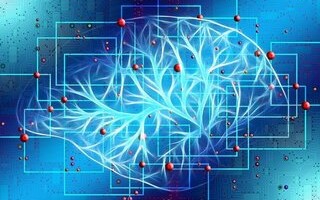jtardif999
Regular
Repeating this part of the above translation:I have used Google to provide the following translation:
AI computing expands from cloud to edge miniaturized hardware and software solutions are booming
- Zheng Feiwen
- 2022-04-11
- forward print

With the participation of major software and hardware manufacturers, the TinyML ecological chain is becoming more and more mature
The development of artificial intelligence is becoming more and more mature. In the initial stage, the cloud was mainly responsible for computing and inference. It has gradually expanded to the edge to pursue the goals of low latency, low energy consumption, and low cost. TinyML is a new technology trend of the recent rise of AI edge computing. The TinyML solution usually integrates hardware, algorithms and application software. Its advantage is that it can still collect and analyze sensor data under the condition of low energy consumption of the device. The energy consumption is usually mW (milliwatt) level or below, which is suitable for battery as AI computing applications that are powered by devices and need to be always on.
According to DIGITIMES Research, Google, Arm, Intel, Qualcomm and innovative application companies have participated in the TinyML ecological chain, accelerating the maturity of their software and hardware solutions. The development status of TinyML can be explained from three aspects. The first aspect is the inference architecture and platform aspect. TensorFlow Lite is Google's solution for embedded and IoT edge devices, which can assist developers to execute TensorFlow models on embedded devices and IoT devices. , TensorFlow Lite function is to convert the cloud training model and deploy the compressed prediction model to the edge device, and execute the prediction inference program.
In addition, Edge Impulse is an embedded machine learning development platform that can quickly build edge-side inference models on the platform and deploy them to embedded MCU devices for sensors, audio frequency, and computer vision. Machine vision prediction and inference can choose the OpenMV platform, which has the advantages of low cost and scalability, and can be used in face recognition, object classification, etc.
The second level is the representative of hardware solution chips, Arm Cortex-M series, Intel embedded chip VPU Movidius series, Qualcomm QCC MCU series, STMicroelectronics STM32 series, NXP Semiconductors NXP i.MX RT series, etc. At present, the architecture and platform hardware that can support TinyML are mainly based on Arm architecture Cortex-M series MCU; TensorFlow Lite platform is represented by Arduino Cortex-M4 series and STMicroelectronics Cortex-M7 STM32 series. The Edge Impulse platform is represented by the Eta Compute Cortex-M4 and STMicroelectronics Cortex-M4 STM32 series. The OpenMV platform is represented by OpenMV Cortex-M7 series and Sipeed Maix Bit series RISC-V processors.
It is worth noting that DIGITIMES Rersearch has observed the recent development trend of foreign manufacturers entering the TinyML field. For example, Ericsson, a telecom equipment indicator, has published many TinyML research propositions on its official website. Micro Electro Mechanical Systems (MEMS) The sensor company Bosch (Bosch Sensortec) also expressed its support for TinyML and developed the corresponding MEMS driver, indicating that the industry attaches great importance to the future market prospects of TinyML.
Level 3 is for innovative applications, representing manufacturers such as American business BabbleLabs (which has been acquired by Cisco), which uses AI technology in the Webex Meetings conference software to distinguish human speech from unnecessary noise to improve communication quality and user experience; Australian manufacturer Brainchip product Akida The series of MCUs provide vision, sound frequency and sensor applications, enabling machine learning on the MCU without retraining in the cloud. The American manufacturer Qeexo AutoML platform uses various algorithms to automatically construct machine learning models, which are suitable for industry, Internet of Things, wearable devices, automobiles, etc. The visual AI software developed by French manufacturer GrAI Matter Labs is used in edge devices such as drones, robots, and surveillance cameras that require low power consumption.
TinyML data sources are biometrics, action data, sensor data, voice data, video (image) data, etc., and are used in access control systems, automatic driving, energy management, predictive maintenance, remote monitoring, etc. Among them, commercialization is implemented. The case is the QuickLogic QuickAI series, an American businessman in the field of smart manufacturing. A sound and multi-axis motion sensor is installed on the device (motor), and the data received by the sensor is sent to the EOS S3 MCU to predict and infer the real-time health status of the device. Develop maintenance and repair plans with management.
The Seeed SenseCAP solution, a Chinese company in the field of smart agriculture, uses sensors to measure air and soil temperature, air and soil moisture, and soil salinity. The Raspberry Pi Arm Cortex-A7 processor predicts and deduces the best growth conditions. Provide a numerical reference scheme for improving the environment.
Research firm Gartner predicts that by 2025, 75% of AI processing will occur at the edge, and TinyML may develop a market value of more than $70 billion in the next five years. However, DIGITIMES Research believes that TinyML still needs to face the challenges of software, hardware and performance at present. MCUs with higher hardware specifications only have built-in 1MB NOR Flash and 512KB SRAM, and the storage code and other functions have taken up most of the space. In addition, running TensorFlow Lite requires 20KB NOR Flash and 4KB SRAM, which limits the choice of algorithm/application field.
In addition, using keywords to wake up the application MCU requires a long-term standby state, and the power consumption also generates high temperature and heat dissipation problems. There are also problems such as different chip instructions from various manufacturers, lack of unified infrastructure, and difficulty in transferring program syntax and experience. In addition, when the model is established, the relevant resources and plug-in software are insufficient, and it is difficult and time-consuming to deploy the model at the edge; the performance aspect is due to the large differences in the MCU specifications of various manufacturers, which makes it difficult for designers and developers to convert into equivalent performance specifications. Operational benefit analysis.
Summarizing the trend of AI edge computing, although the above challenges still need to be overcome by consensus among manufacturers in the ecological chain, and related industry players will be hesitant in the short term, but in the medium and long term, TinyML is still the general trend, coupled with the transmission of market concepts , Through demonstration and trial implementation, end users will gradually feel the many benefits of TinyML, and TinyML will certainly be able to significantly commercialize.
Icon: With the participation of major software and hardware manufacturers, the TinyML ecological chain is becoming more and more mature. Compiled by DIGITIMES Research, April 2022
“””
Research firm Gartner predicts that by 2025, 75% of AI processing will occur at the edge, and TinyML may develop a market value of more than $70 billion in the next five years. However, DIGITIMES Research believes that TinyML still needs to face the challenges of software, hardware and performance at present. MCUs with higher hardware specifications only have built-in 1MB NOR Flash and 512KB SRAM, and the storage code and other functions have taken up most of the space. In addition, running TensorFlow Lite requires 20KB NOR Flash and 4KB SRAM, which limits the choice of algorithm/application field.
In addition, using keywords to wake up the application MCU requires a long-term standby state, and the power consumption also generates high temperature and heat dissipation problems. There are also problems such as different chip instructions from various manufacturers, lack of unified infrastructure, and difficulty in transferring program syntax and experience. In addition, when the model is established, the relevant resources and plug-in software are insufficient, and it is difficult and time-consuming to deploy the model at the edge; the performance aspect is due to the large differences in the MCU specifications of various manufacturers, which makes it difficult for designers and developers to convert into equivalent performance specifications.
“””
The Renesas MCUs should then be able to corner the market as by utilising Akida IP they have solved all of the above problems. AIMO.




